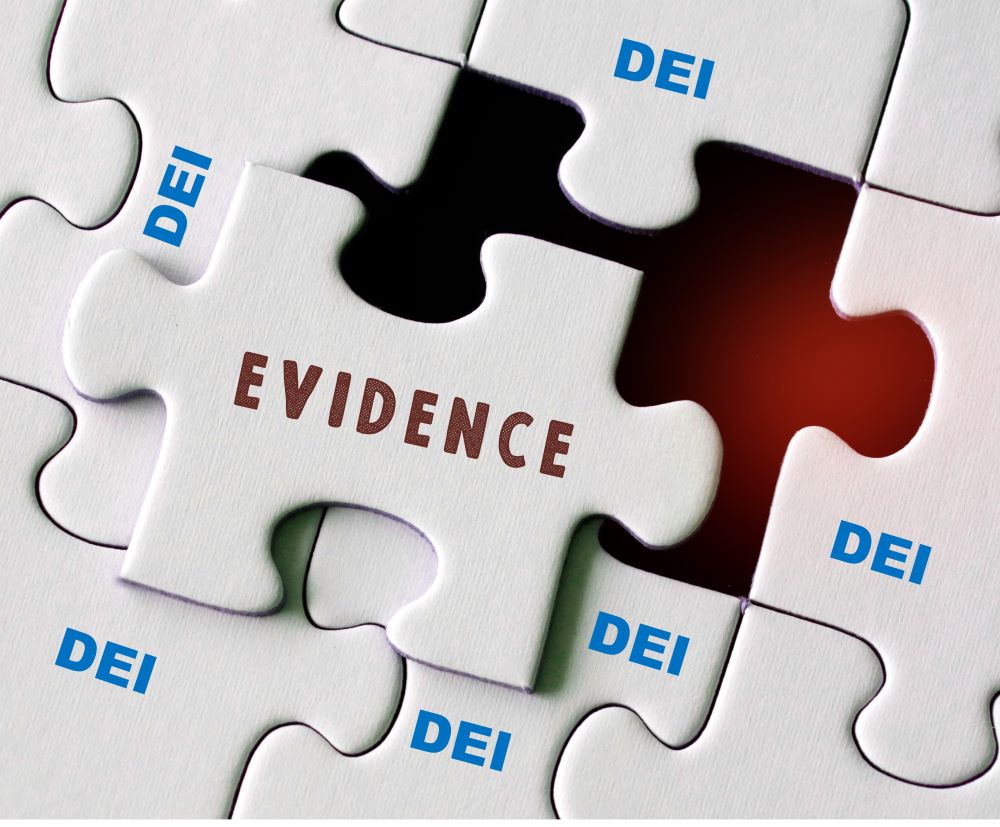The Elite Leadership Insights newsletter publishes Weekend Reads each Friday with resources from some of the top academic and business leadership minds. It is a resource for you to utilize as you continue your leadership journey and packaged so you can casually read them over the weekend. Continuous learning is a critical part of leadership improvement. In each Weekend Reads you will find links to articles, videos, podcasts and other resources, as well as some recommended leadership books.
Continue reading “WEEKEND READS – August 25, 2023”WEEKEND READS – August 18, 2023
The Elite Leadership Insights newsletter publishes Weekend Reads each Friday with resources from some of the top academic and business leadership minds. It is a resource for you to utilize as you continue your leadership journey and packaged so you can casually read them over the weekend. Continuous learning is a critical part of leadership improvement. In each Weekend Reads you will find links to articles, videos, podcasts and other resources, as well as some recommended leadership books.
Continue reading “WEEKEND READS – August 18, 2023”WEEKEND READS – August 11, 2023
The Elite Leadership Insights newsletter publishes Weekend Reads each Friday with resources from some of the top academic and business leadership minds. It is a resource for you to utilize as you continue your leadership journey and packaged so you can casually read them over the weekend. Continuous learning is a critical part of leadership improvement. In each Weekend Reads you will find links to articles, videos, podcasts and other resources, as well as some recommended leadership books.
Continue reading “WEEKEND READS – August 11, 2023”WEEKEND READS – August 4, 2023
The Elite Leadership Insights newsletter publishes Weekend Reads each Friday with resources from some of the top academic and business leadership minds. It is a resource for you to utilize as you continue your leadership journey and packaged so you can casually read them over the weekend. Continuous learning is a critical part of leadership improvement. In each Weekend Reads you will find links to articles, videos, podcasts and other resources, as well as some recommended leadership books.
Continue reading “WEEKEND READS – August 4, 2023”What is the Leadership IMPACT Tool Used by the Elite Leadership Academy?
Learn about how we use our proprietary Leadership IMPACT Assessment to identify individual leadership gaps, teams leadership perception gaps and organization level gaps. When utilized as part of our Leadership Resources Management solution, it helps detect toxic leaders in an organization.
How Can Analytics Help to Identify Toxic Leaders?
Toxic leaders survive in organizations because they’re good at managing up. Therefore, you need a tool that assesses them by their peers, supervisor and direct reports. Analytics helps organizations identify toxic leaders because, if done properly, they are completely anonymous and data-driven. This eliminates potential retaliation that can occur with other types of assessments.
Why 360-Reviews Make it Difficult to Identify Toxic Leaders
Toxic leaders are difficult to find using typical 360-reviews because they are text-based which makes them not completely anonymous. This can lead to retaliation if the reviewer is completely truthful about the leader’s performance. That’s why we provide a quantitative tool to provide completely anonymous feedback to the leader in our LeadershipRMS 360 strategy.
3 Steps to Take Now to Fortify Your DEI Program With Data
In the wake of the recent Supreme Court ruling outlawing affirmative action in college admissions, other organizations need to realize that the same type of ruling could come their way. Therefore, they need to take steps now to incorporate quantitative means to document their promotion and selection choices.
Continue reading “3 Steps to Take Now to Fortify Your DEI Program With Data”What is Considered a Toxic Leader and How Are They Identified?
Toxic leaders are like weeds in a garden. If allowed to flourish, they will choke the productivity out of others around them.
Utilizing an Evidence-Based DEI Strategy
The most frequent arguments against DEI initiatives are focused around competence and merit. On competence, they argue that a less competent person is receiving an opportunity because they are from a historically disenfranchised group. In actuality, less competent people have been receiving opportunities because they were from the majority population and/or had a relationship that provided them an unfair advantage for decades.
Continue reading “Utilizing an Evidence-Based DEI Strategy”







